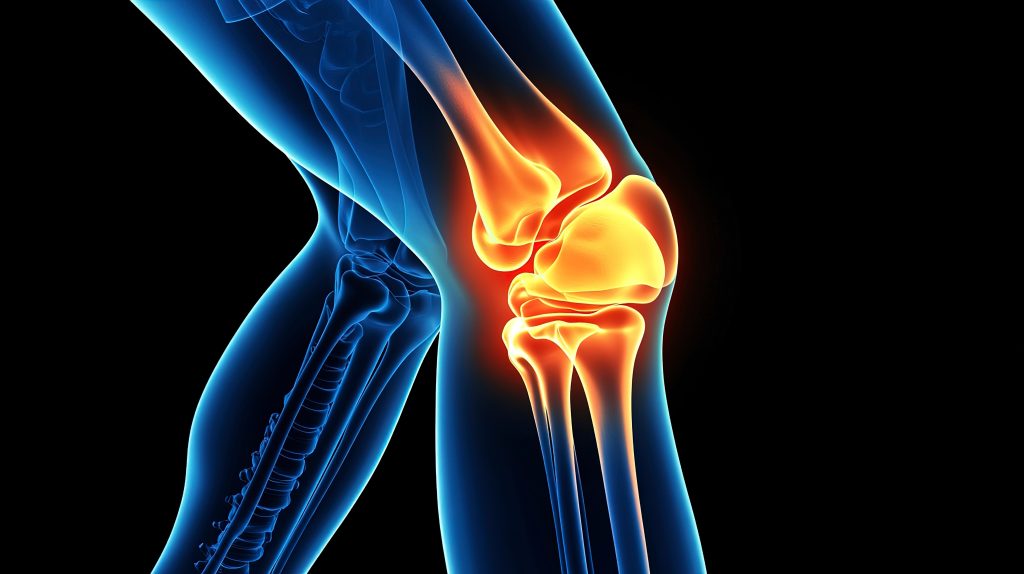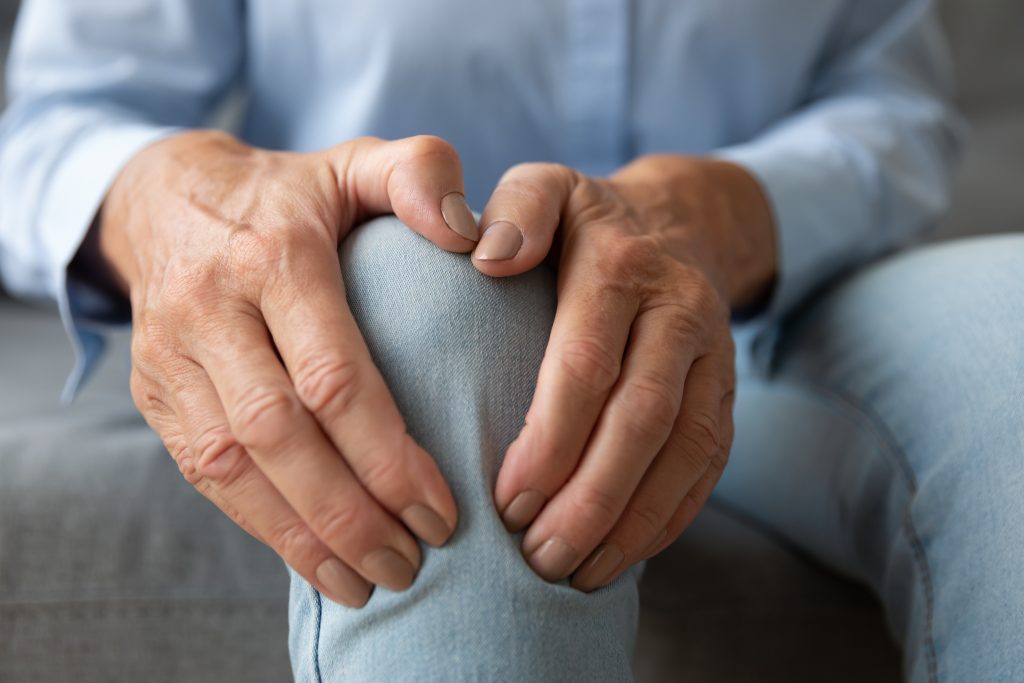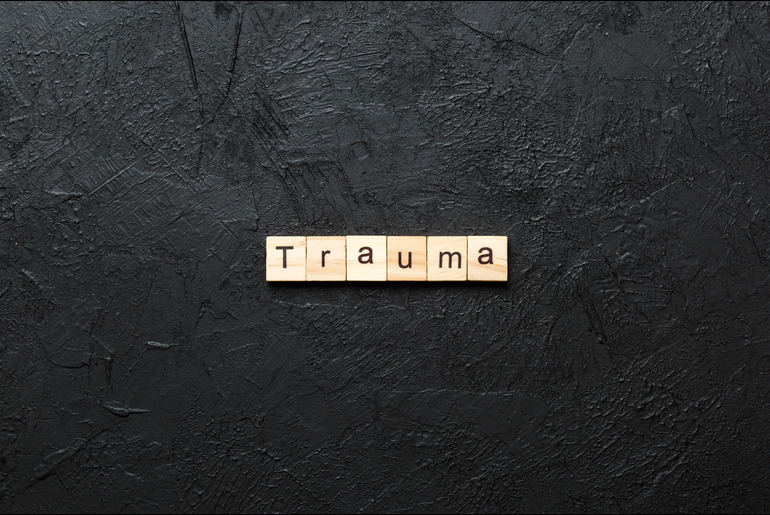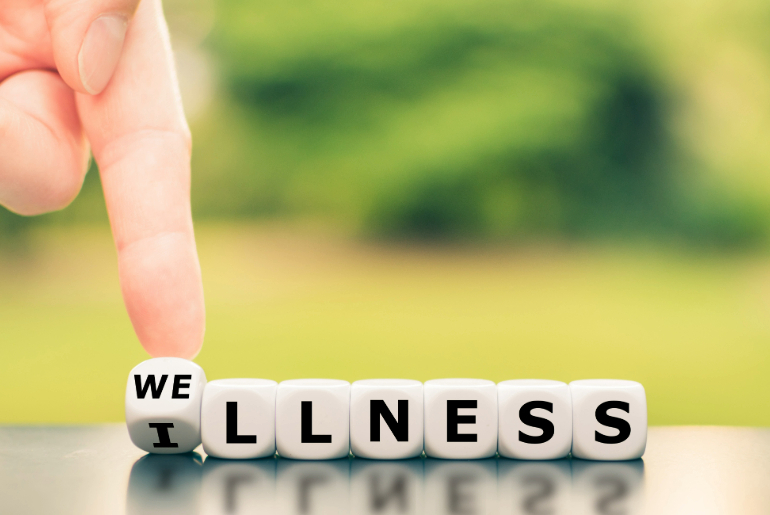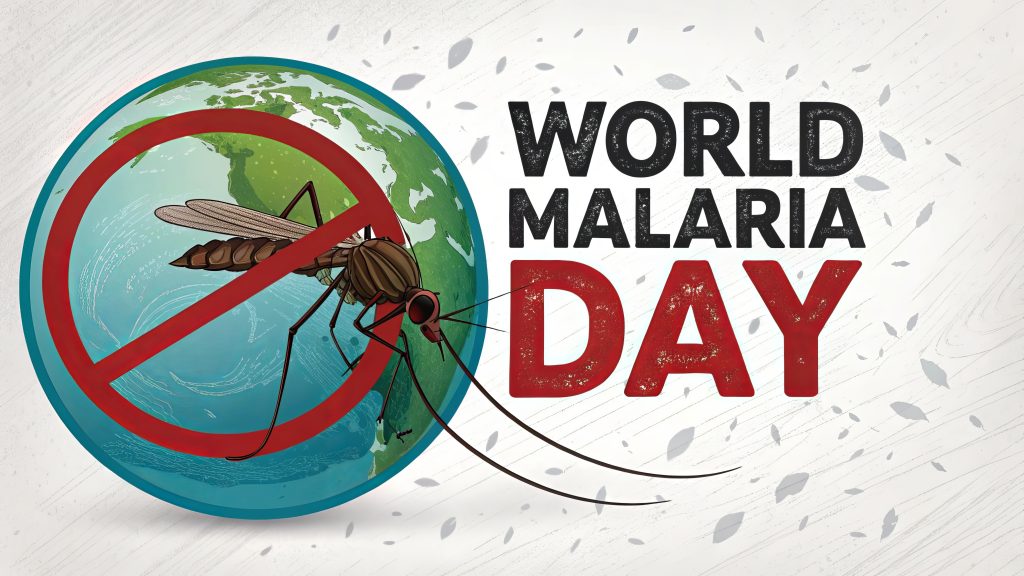Joint pain and discomfort can impact people of all ages and lifestyles, sparing no one, regardless of how active they are. Joints are essential for movement and flexibility, and when they don’t function properly, even simple tasks can become difficult. Joint health issues can significantly impact your quality of life, from mild stiffness to more severe conditions. Understanding the most common joint problems and knowing how to manage and prevent them is key to staying active and healthy.
In this blog, we will explore common joint health problems, how to manage them, and preventive tips to maintain healthy joints.
The Most Common Joint Health Issues
1. Osteoarthritis
Osteoarthritis is the most common form of arthritis and occurs when the cartilage cushioning the joints breaks down. This condition leads to pain, stiffness, and swelling, particularly in weight-bearing joints like the knees, hips, and spine.
2. Rheumatoid Arthritis
Rheumatoid arthritis is a condition where the immune system, instead of defending the body, mistakenly attacks the lining of your joints. This causes inflammation, pain, and swelling, often affecting smaller joints like those in your hands and wrists. It can be frustrating, but understanding the condition is the first step towards managing it effectively.
3. Gout Gout is a form of arthritis that happens when uric acid crystals build up in the joints. This can lead to sudden and intense pain, along with redness and swelling, most commonly in the big toe. It’s a condition that can flare up unexpectedly, making it important to manage and address the symptoms early.
4. Bursitis
The tiny fluid-filled sacs (bursae) that cushion the joints can become inflamed and cause bursitis. It’s often caused by repetitive movements or prolonged pressure on a joint and commonly affects the shoulders, elbows, and hips.
5. Tendinitis
Tendinitis is an inflammation of the tendons, the connective tissues that connect muscles and bones. Overuse or repetitive motion often leads to this condition, causing pain and tenderness around the affected joint.
6. Frozen Shoulder
A frozen shoulder causes shoulder stiffness and pain. Over time, the shoulder becomes increasingly difficult to move, often due to inactivity following an injury or surgery.
7. Joint Injuries
Sprains, dislocations, and fractures are common joint injuries that can happen due to accidents, sports, or falls. These injuries can weaken the joint and lead to long-term issues if not treated properly.
Tips to Manage Common Joint problems
Taking care of your joints is essential to stay active and comfortable. Here are some simple ways to handle joint pain effectively:
- Soothe with Heat or Cold: Use a warm compress to relax stiff joints or a cold pack to reduce swelling and ease soreness.
- Stretch it Out: Gentle stretches can help improve your flexibility and reduce stiffness over time.
- Get the Right Advice for Pain Relief: Over-the-counter pain medications can help but always check with a healthcare provider before using them.
These small steps can go a long way in keeping your joints healthy and your movements smooth.
Exercise and Physical Therapy
Regular physical activity can help strengthen the muscles surrounding your joints, reduce stiffness, and increase range of motion. Low-impact exercises like swimming, walking, or yoga are particularly helpful. A physical therapist can guide you through joint-specific exercises tailored to your condition.
Weight Management
Extra weight can strain your joints, especially in the lower body, like your knees and hips, making everyday movements more challenging. Taking steps to maintain a healthy weight through a balanced diet and gentle exercises can ease this burden on your joints, helping reduce discomfort and improving your mobility over time.
Healthy Diet
What you eat can play a big role in keeping your joints healthy. Adding foods rich in omega-3s, like fish, flaxseeds, and walnuts, can help reduce inflammation. Fresh fruits, especially berries and citrus, are packed with antioxidants that support joint health. Don’t forget about calcium and vitamin D from dairy, leafy greens, or fortified foods to keep your bones strong and your joints happy!
Supportive Devices
Using joint supports, braces, or ergonomic tools can help protect your joints during activities and reduce strain. Orthopaedic footwear can also provide relief for joint problems in the feet or knees.
Medication and Injections
In some cases, prescribed medications or joint injections may be needed to reduce pain and inflammation. Always consult a doctor before starting any medication.
Preventive Measures to Maintain Joint Health
Prevention is always better than cure. Here are some tips to keep your joints healthy:
1. Stay Active
Regular movement prevents stiffness and keeps joints flexible. Even short, gentle exercises can make a big difference in joint health.
2. Maintain Good Posture
Poor posture may strain your joints with time. You might want to work on standing and sitting with your feet flat on the floor, shoulders relaxed, and back straight.
3. Avoid Overuse
Repeating the same actions repeatedly can overwork your joints, leading to strain and a higher chance of injuries. Take breaks during tasks that require repetitive movements and avoid overexerting yourself.
4. Stay Hydrated
You need to stay hydrated to keep your joints well-lubricated. Make it a habit to drink enough water every day; it’s a simple way to help your joints stay healthy and move smoothly.
5. Strengthen Muscles
Strong muscles act as a protective shield for your joints, reducing the risk of strain or injury. Incorporate exercises that strengthen the muscles surrounding your joints, like gentle weight training or resistance band workouts. These activities not only build strength but also improve joint stability and overall mobility. Remember to start slow and focus on proper form to avoid unnecessary strain.
When to Seek Medical Attention
It’s always better to be cautious when it comes to your health. If your joint pain or swelling doesn’t improve with rest, it’s a good idea to consult a doctor. Struggling to move or use a joint? That’s another sign you shouldn’t ignore. Look out for symptoms like redness, warmth, or fever around the joint; these could mean there’s an infection. And if you experience sudden, severe pain paired with symptoms like nausea or dizziness, don’t wait; reach out to a healthcare professional right away.
Conclusion
Your joints play a vital role in keeping you active and independent, yet they often don’t get the attention they deserve. Think of joint care as an investment in your future well-being. Small, consistent efforts, like staying physically active, eating foods that support joint health, and maintaining a healthy weight, can go a long way in keeping your joints strong.

